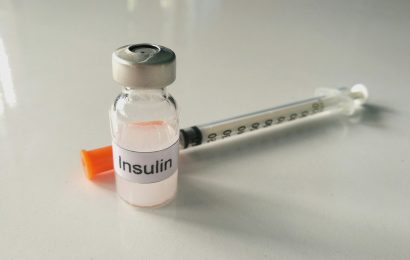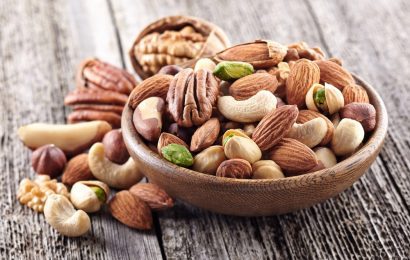Diabetes can damage joints, making life and movement much harder. How does this happen, and what can we do about it? A lot.
“Without properly functioning joints, our bodies would be unable to bend, flex, or even move,” says Sheri Colberg, PhD, author of The Diabetic Athlete, The 7 Step Diabetes Fitness Plan, and other books.
Joint pain is often called “arthritis.” “A joint is wherever two bones come together,” Colberg writes. The bones are held in place by ligaments, which attach bones to each other, and by tendons, which attach bones to the muscles that move them.
The ends of the bones are padded with cartilage, a whitish gel made from collagen, proteins, fiber, and water. Cartilage allows bones to move on each other without being damaged.
Joint cartilage can be damaged by injuries or by wear and tear with hard use. “Aging alone can lead to some loss of [the] cartilage layer in knee, hip, and other joints,” says Colberg “but having diabetes potentially speeds up damage to joint surfaces.”
Sometimes extra glucose sticks to the surfaces of joints, gumming up their movement. This stickiness interferes with movement and leads to wear-and-tear injury.
High glucose levels also thicken and degrade the collagen itself. This is bad because tendons and ligaments are also largely made from collagen.
Reduced flexibility of joints leads to stiffness, greater risk of physical injury, and falls. People with joint damage may reduce their physical activity due to discomfort and fear of falling. Reduced activity promotes heart disease and insulin resistance.
Here are 14 things we can do to prevent and treat joint problems and to keep moving.
• Stretching keeps muscles and tendons relaxed and aligned so they’ll move as needed. You might want to ask a physical therapist or a trainer what stretches to do or look at sites like these.
• Do resistance training to strengthen muscles around the joints. Again, you might want to get some advice, because too much of the wrong exercise can be harmful. You want to build up slowly.
• Aerobic exercise like walking or swimming usually improves hip and knee function. Water exercise classes are great for most people with painful joints, because the water carries some of the weight. Bike riding has almost no impact, so it can be done when joints hurt.
• Vary your activities. Do a mix of physical things. For instance, if you’re hanging clothes, stop before the pain comes and do something else or rest, then come back to it. Avoid repetitive, high-impact exercises like running, jumping, tennis, and high-impact aerobics, according to the Mayo Clinic.
• Improving glucose control will keep your joints from getting sugar-coated and stiff.
• Rest joints when they hurt to allow them to heal properly.
• Losing a few pounds may reduce your pain, according to WebMD and others.
• Use heat and cold therapy. Icing joints after activity for 10–15 minutes can cool them down and reduce inflammation. Applying heat to them while resting can help them start moving and healing again.
• Keep affected joints, usually knees and hands, warm with wraps and gloves in cold weather.
• Medicines like acetaminophen (brand name Tylenol and others) or ibuprofen (Motrin or Advil) can help with pain and inflammation. There are also stronger, prescription medicines if you need them.
• With your doctor’s OK, try supplements. Mainstream medicine used to scoff at supplements, but things have changed. WebMD lists glucosamine, chondroitin, vitamin D, and omega-3 fish oils as potentially useful for joint pain.
According to Mahsa Tehrani, MD, methylsulfonylmethane (MSM) has been shown in studies to reduce joint-related pain and disability. She also reports that ginger extract helps both pain and stiffness.
Topical agents such as creams containing capsaicin are known to reduce pain.
• Supportive devices can help. The Foot & Ankle Center of Washington recommends braces for arthritic knees, supportive shoes, and orthotics to put in shoes to support the foot and limit rolling. Other devices are available for painful hand joints.
• Quit smoking. The Mayo Clinic says, “Smoking causes stress on connective tissues, which leads to more [joint] pain.”
• Acupuncture has been shown to help reduce joint pain.
I know that’s a lot to think about, on top of everything diabetes requires. But moving your body is key to managing diabetes, and joint pain limits movement. And movement can be a source of pleasure and take you to other pleasures. Take care of your joints, and they’ll take care of you.
***
I’m leading a webinar on sex and kidney disease, which is quite a similar topic to sex and diabetes. It’s Thursday, March 23, at 4 PM ET. It’s free and will cover issues that most people don’t talk about. You can read about it and sign up for it at http://www.dpcedcenter.org/march.





